Poland’s urban landscapes are vibrant canvases for the country’s dynamic street art scene. From graffiti to large-scale murals and interactive installations, Polish street art is a blend of aesthetics, social commentary, and cultural expression.
Warsaw: A Canvas for Social Commentary
In the heart of Poland, Warsaw is home to some of the most striking street art in the country. A notable piece is „Education System” by Polish artist Sepe. This mural, created for the Street Art Doping festival, is a critique of the education system, reflecting Sepe’s ongoing series of work that incorporates social and political themes.
Photo taken from inyourpocket.com

Łódź: A Hub for International Artists
The city of Lodz has become a hub for international street artists, thanks to initiatives like the Urban Forms Festival. Artists such as Alexis Diaz, DALeast, and Bordalo II have left their mark on the city’s walls. Diaz’s intricate ink work, DALeast’s energetic animal forms, and Bordalo II’s installations made from trash and found materials are just a few examples of the diverse artistry on display.
Photo taken from isupportstreetart.com, daleast.com, feed.jeronimomartins.com.
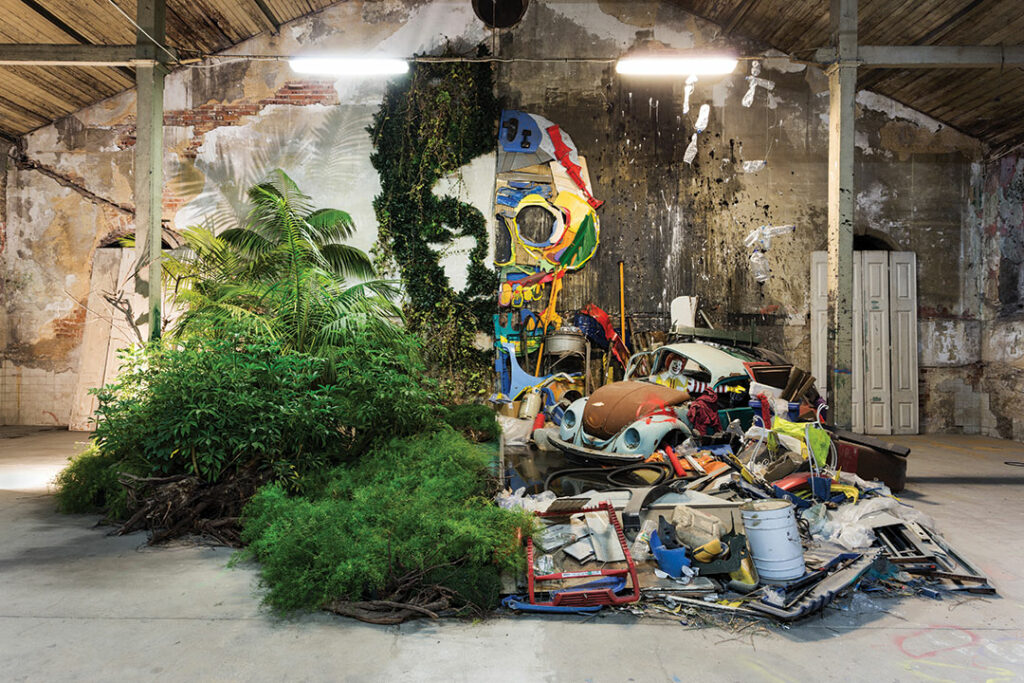
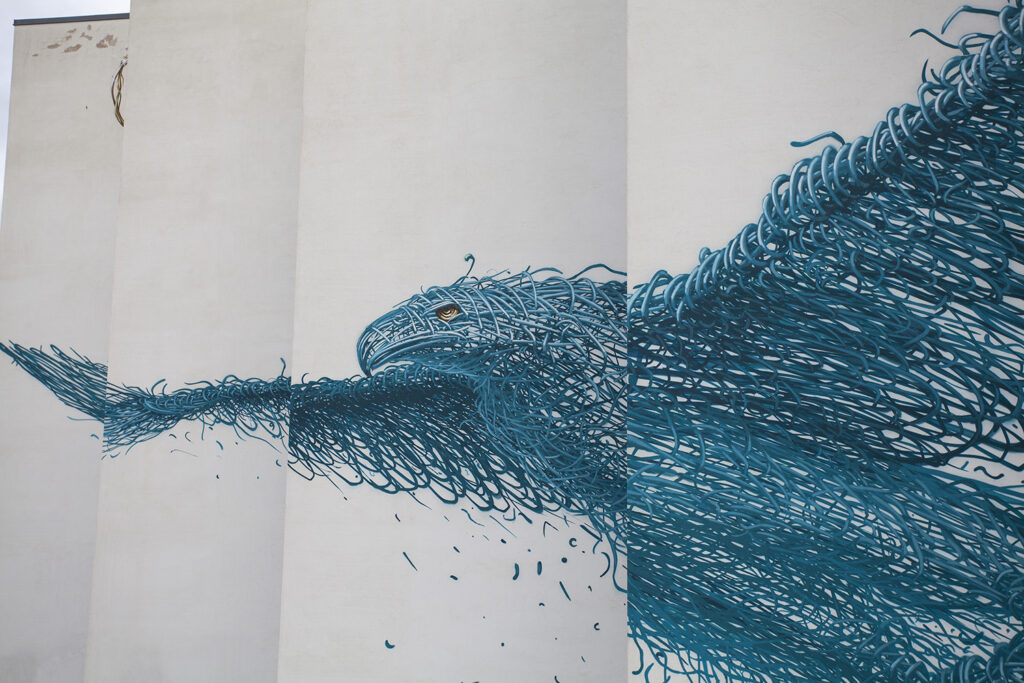
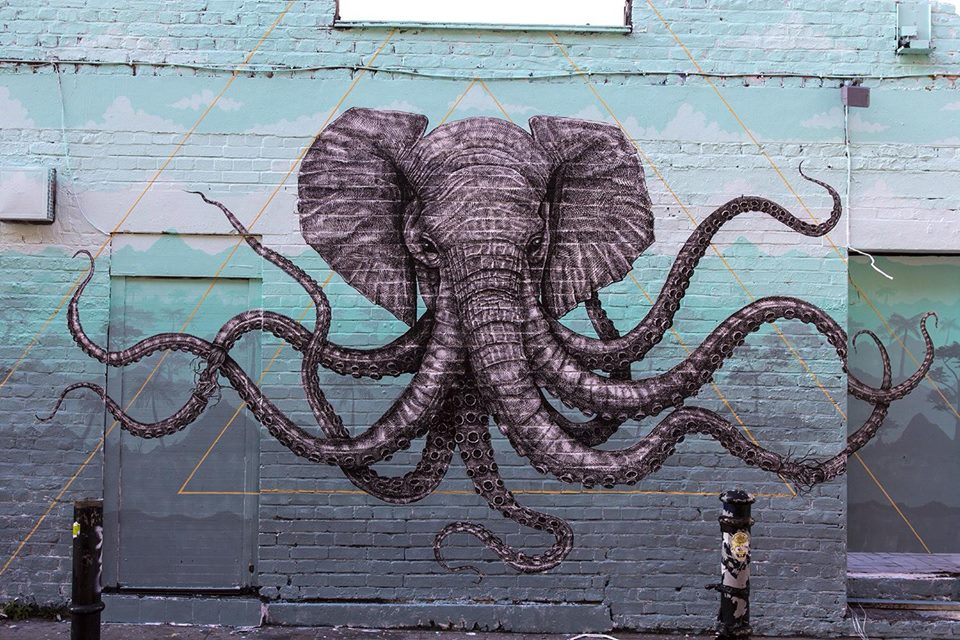
The Intricate Lacework of NeSpoon
Polish artist NeSpoon is known for her unique style that combines street art with traditional lace patterns. Her work in Bobowa showcases this distinctive approach. The mural, inspired by the long tradition of bobbin laces in Poland, adds a touch of elegance and cultural heritage to the urban setting.
Photo taken from streetartnews.net
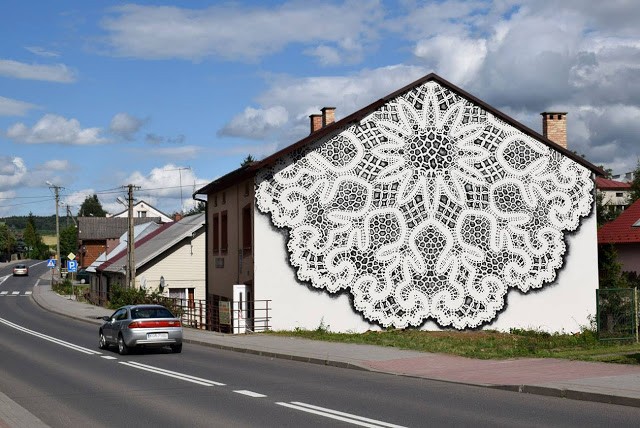
Pener’s Abstract Explorations
Bartek „Pener” Świątecki is a Polish artist making waves with his abstract and deconstructive style. His mural „Shockwave” in Olsztyn is a testament to his talent. The piece is a complex interplay of color transitions and deconstructed forms, creating a visually captivating composition.
Photo taken from streetartnews.net

Ernest Zacharevic’s Playful Imagery
Lithuanian street artist Ernest Zacharevic is known for his playful, child-based imagery. His work in Warsaw, created for Street Art Doping, brings a sense of joy and whimsy to the city’s streets.
Photo taken from streetartnews.net
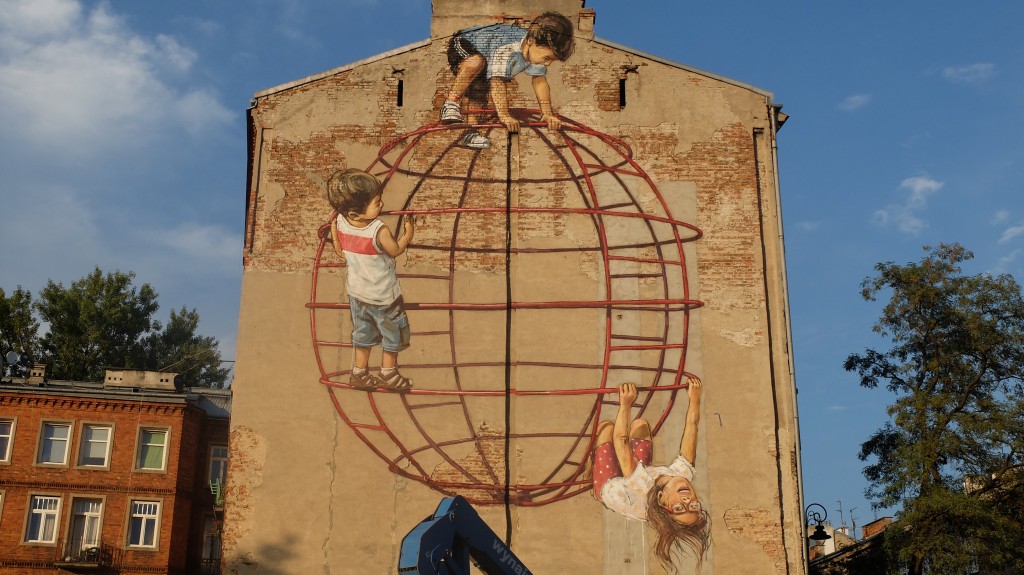
Polish street art is a testament to the country’s vibrant art scene and cultural dynamism. It is a form of expression that transforms public spaces into open-air galleries, invites interaction, sparks conversations, and adds color and life to the urban landscape. Each piece tells a story, reflects a perspective, or simply adds beauty to an unexpected corner, making city streets a little more extraordinary.
